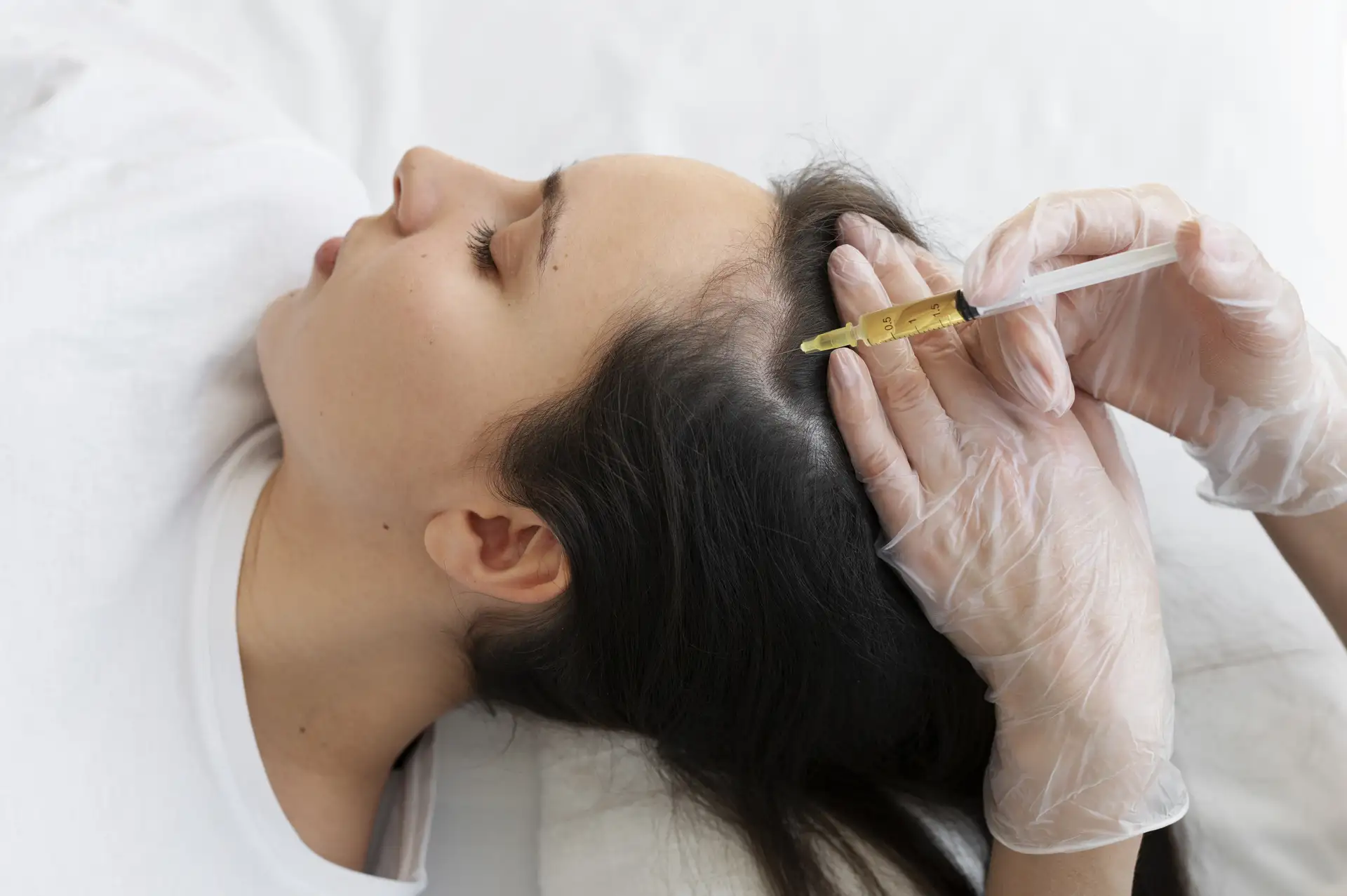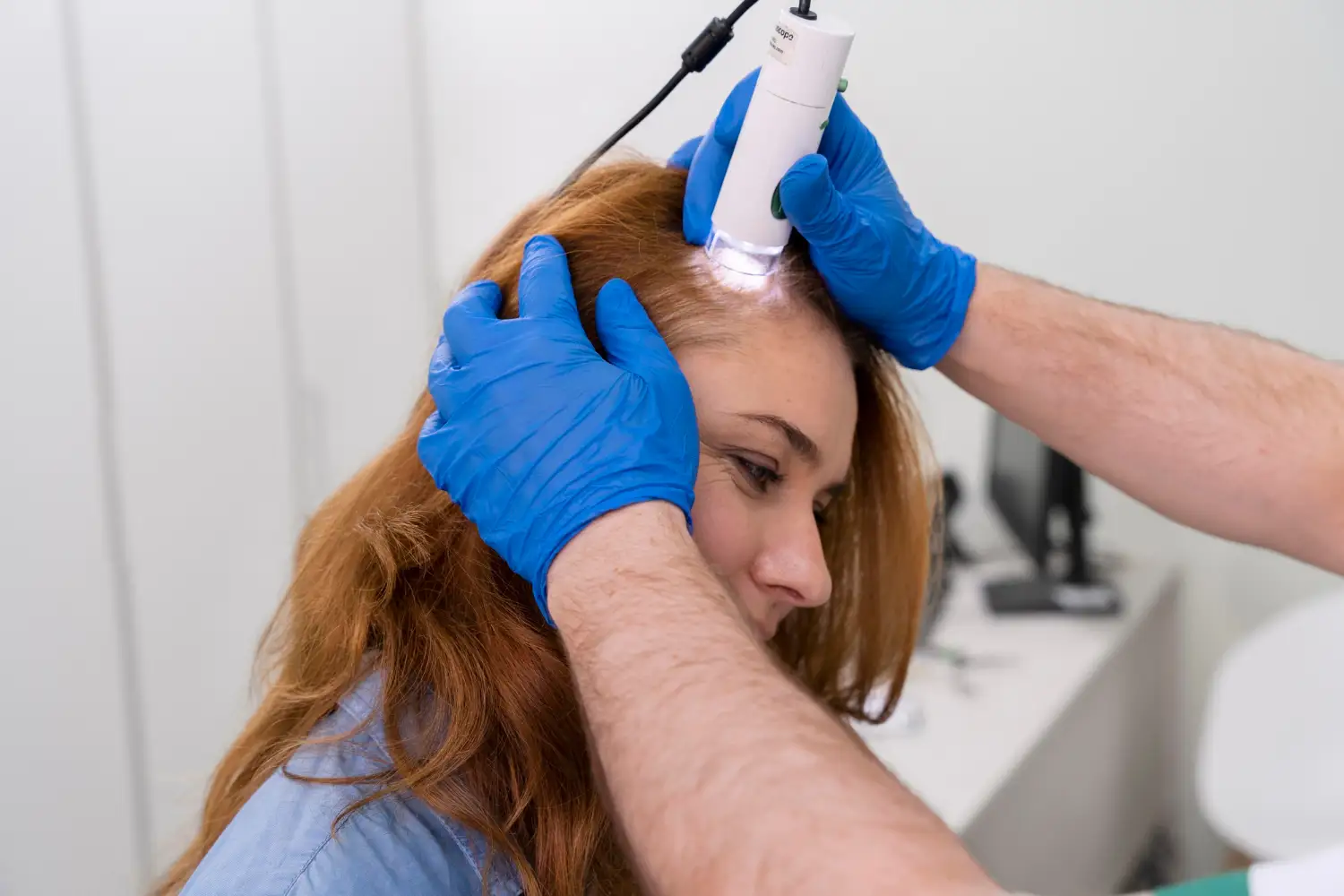Hair loss science is moving fast: from topicals like minoxidil to regenerative powerhouses such as platelet-rich plasma (PRP), Botox micro-dosing, stem-cell therapies and exosome infusions, clinicians can now personalize treatment plans that address thinning hair on multiple biological fronts. Below you’ll find a clear look at each option, complete with in-clinic links for easy booking at Elegance Cosmetic & Laser Clinic and authoritative studies that back up the claims.
Why classic medications aren’t always enough
Using minoxidil foam every day or taking finasteride tablets can slow pattern hair loss, but many people stop after a while because results reach a plateau—or because of scalp irritation and, in finasteride’s case, possible sexual side-effects. The American Academy of Dermatology (AAD) lays out exactly what these drugs can and can’t do. Because of those limits, interest is growing in next-generation hair regrowth options that target micro-inflammation, boost scalp blood flow, and revive follicle stem cells instead of focusing only on hormones.

PRP: growth-factor therapy that jump-starts follicles
Three monthly sessions of autologous PRP—rich in VEGF, PDGF and IGF-1—followed by 3- to 6-month maintenance can thicken shafts and raise counts in women and men alike. A 2024 systematic review recorded significant gains in density and calibre with minimal downtime. A complementary meta-analysis of 11 controlled trials echoed those findings.
Ready to try it? Book a session through our PRP Hair Restoration at Elegance page.
Botox micro-dosing for healthier scalp circulation
Injecting a small dose of Botox into the scalp can loosen the tight tissue layer that sits over your skull. When that layer relaxes, blood circulates more freely around the hair roots. A 2024 ultrasound study showed that people treated this way saw earlier thickening of hairs at the crown than at the hairline.A newer randomized trial reported mixed growth results, but both studies agreed the procedure remained very safe.
Explore options: See our Botox & other injectables to discuss low-dose scalp protocols.
Cell therapy: harnessing dermal-papilla stem cells
Japan and South Korea already allow conditionally approved autologous dermal-papilla cell injections under accelerated “Regenerative Medicine Safety Act” pathways, while U.S. and EU investigators proceed through Phase II/III IND studies. International regulators continue to refine oversight so that single-dose, durable hair loss solutions can move safely from lab to clinic.
Exosomes: nano-messengers with big potential
Exosomes are microscopic vesicles released by cells; they ferry proteins, lipids, and nucleic acids that guide tissue repair and signal dormant follicles back into their growth phase. Early lab work and animal models suggest exosome preparations can lengthen the anagen phase, boost local blood flow, and calm micro-inflammation—mechanisms that may translate into thicker hair shafts. A March 2025 review of nine small clinical studies found encouraging gains in density with minimal side-effects, yet most trials were short and non-blinded, so the evidence is still preliminary.¹ Because exosome therapy is new, the FDA warns that no exosome products are currently approved for hair loss treatment, underscoring the need for larger, placebo-controlled human trials to verify long-term safety and real-world effectiveness.² Until such data arrive, exosomes remain a promising but investigational option alongside established hair loss treatments like minoxidil, finasteride, and PRP.
Why combination therapy often wins
Layering modalities—e.g., PRP plus low-dose oral minoxidil, or Botox with exosome boosters—can address genetic, inflammatory and vascular contributors simultaneously. Our Hair-loss clinic in Thornhill team tailors timelines so you know exactly when to expect visible hair regrowth milestones, and our full list of aesthetic services means everything happens under one roof.
Need personalized advice? Book a free consultation today.



No responses yet